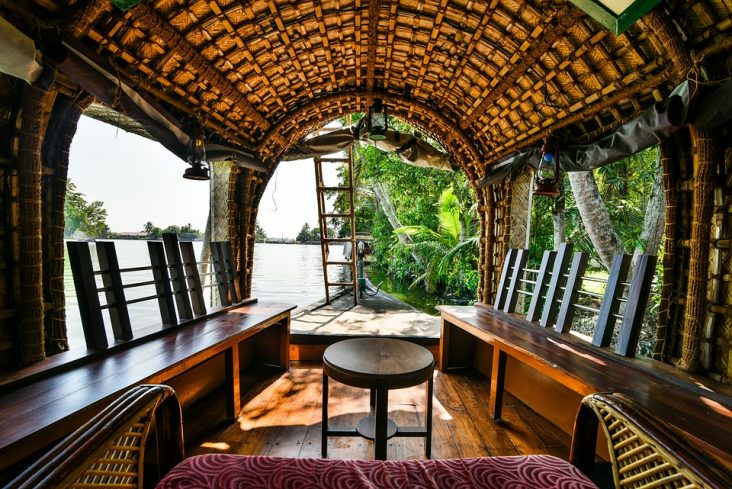Prefabricated And Transportable Building Products

Prefabricated and transportable building products are becoming more and more popular these days. More and more people are realizing the benefits of transportable buildings, which include cost savings, time savings, and ease of assembly. In this article, we will discuss the different types of transportable buildings available on the market today and the benefits of each type. We will also provide some tips for choosing the right transportable building for your needs.
The first type of transportable building that we will look at is the modular home. Modular homes are constructed in a factory setting and then transported to their final destination. Because it is built off-site, this can be a much faster process than traditional building methods, and it also allows for greater flexibility with regards to design. Unlike conventional homes, modular homes can be moved if necessary and can also be expanded at a later date.
The second type of transportable building that is available on the market is the prefab home. Prefabricated buildings are constructed off-site with modules or panels of materials, usually wood or steel, which are then assembled together to create a finished building. These buildings are often finished with siding and other finishing materials, so they may look similar to traditional homes. One of the advantages of prefab homes is that they can be customized to a degree, since each module or panel can be designed and constructed separately before being put together on-site.
The third type is the modular home, which is a prefabricated building constructed in factory-controlled environments and delivered to the site of installation. These buildings are built with metal or wood frames that allow for easy assembly on-site. Like prefab homes, these buildings may look quite similar to traditional houses due to their siding, windows and other finishing materials.
Is this expensive?
Prefab homes are generally more expensive than traditional homes, and this is largely due to the fact that they require a lot of labor to produce. However, prefab homes may be less expensive than conventional construction in certain situations. For example, when building in remote areas where it can be difficult or costly to gather materials and labor, prefab homes could be a good solution. In addition, if you are willing to build your own home with the help of friends or family, building a prefab house could help save money.
Overall, transportable buildings offer a number of advantages to homeowners, including cost savings and quicker construction times. However, there are also some disadvantages to consider, such as the potential for higher maintenance costs over time. Ultimately, it is up to each homeowner to decide whether a transportable building is right for their needs. For more information on transportable building products, check online.